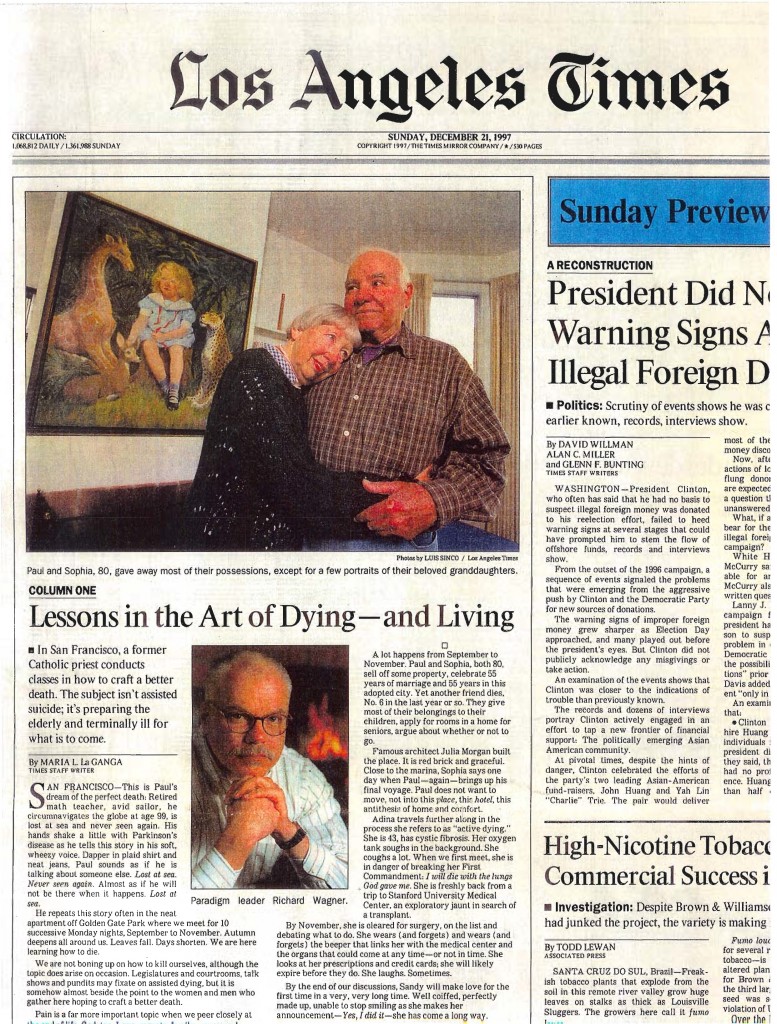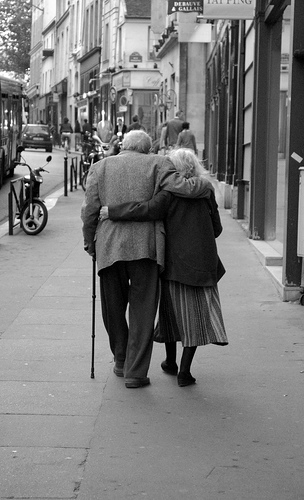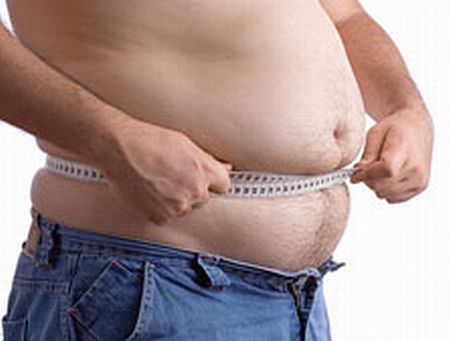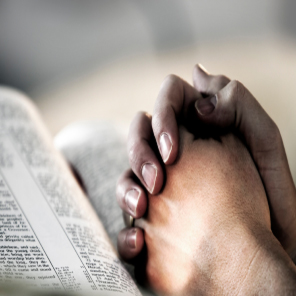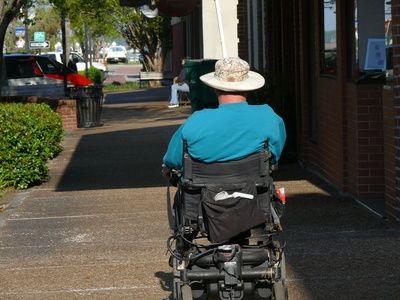We continue our sneak preview of the ten people who will be joining you in the on-the-page support group in The Amateur’s Guide To Death and Dying; Enhancing the End of Life. You’ll have plenty of opportunity to get to know them better once you start the book, but until then, these thumbnail sketches will serve as a handy reference.
Mia, 31, is a graduate student in Medieval Languages at Stanford University. Several months ago, she landed in the ICU, near death from an acute lung infection. While she was in the hospital she was diagnosed with a rare lung disorder, which was the source of the initial infection. Since that initial hospitalization, she needs to use oxygen and was advised to seriously consider a lung transplant if she expected to live past 35. Mia reluctantly uses the oxygen, but she won’t consider the transplant. She has chosen a different path.
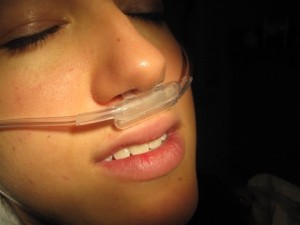 Mia regularly consults a doctor of traditional Chinese medicine, which is consistent with her cultural heritage. She uses a wide array of other modalities, including vitamins, acupuncture, meditation, yoga, massage, and biofeedback. “This is the way I want it. These things make me feel involved and empowered, and that’s more important than anything else.”
Mia regularly consults a doctor of traditional Chinese medicine, which is consistent with her cultural heritage. She uses a wide array of other modalities, including vitamins, acupuncture, meditation, yoga, massage, and biofeedback. “This is the way I want it. These things make me feel involved and empowered, and that’s more important than anything else.”
Although she likes her American doctor, western medicine leaves her feeling cold and disconnected. She felt robbed of her dignity in the hospital. “They didn’t see me, they just saw my disease.”
Mia was born in Hong Kong, the only daughter of socially prominent and professionally successful parents. She’s lived a charmed and pampered life, but now she knows the downside of living a life of privilege. “Nothing in life prepared me for this kind of adversity.”
Despite her frailty, she has a decidedly tomboyish appearance. She is lively and animated when she speaks. Sometimes she even gets tangled in the plastic tubing that runs from the ever-present oxygen canister to her face. “I haven’t got the hang of this yet. Can you tell?”
The pulse and spritzing sound of the oxygen keeps time with her labored breathing. “I once felt immortal, which now seems weird because I’m starting to realize I could be quite dead in a year.” She has an overriding dread of her final days. “I can’t even imagine what it will be like. I’m sure it’ll be just horrible. I panic when I have to struggle for a breath now. What will it be like then? I sometimes get so frightened I cry.”

